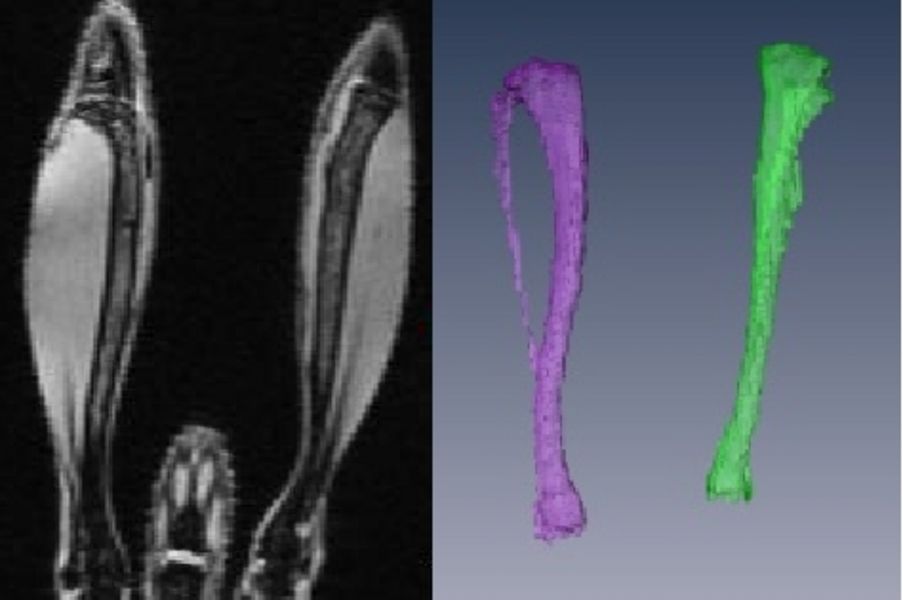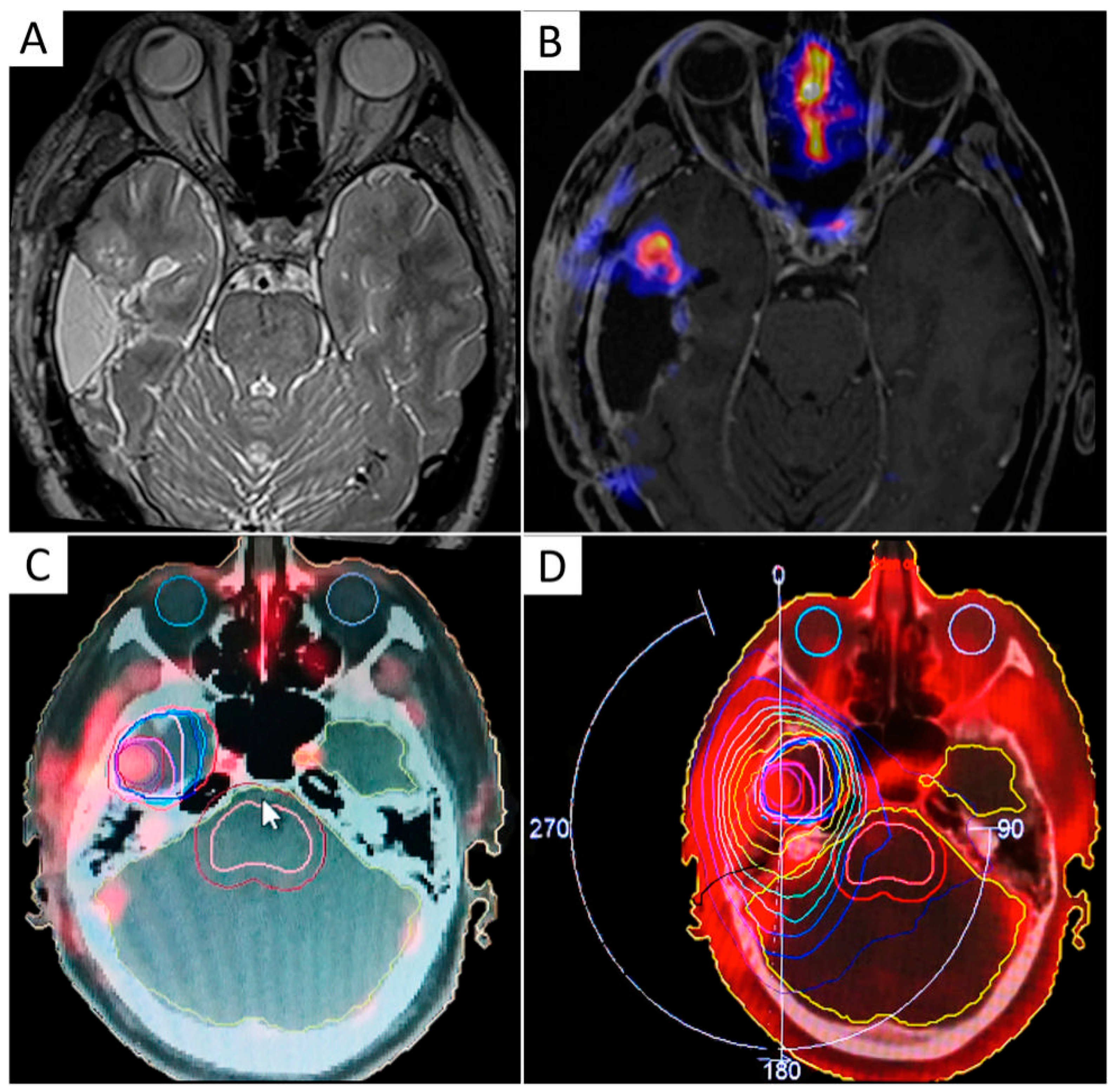

The time to acquire an image is equal to the product of the TR value and the number of phase encoding steps. In the gradient-echo sequence introduced in the last section of this chapter, Imaging with a gradient-echo sequence is intrinsically more sensitive to magnetic field inhomogeneities because of the use of the refocusing gradient or wind-up gradient. More on this sequence will be presented in the Fast Imaging Techniques chapter. The signal from a gradient-echo sequence is as follows. The sequence is repeated every TR seconds. So as not to confuse this type of echo with one produced by a 180° pulse, this echo is called a gradient echo.Ī period called the echo time (TE) is defined as the time between the start of the RF pulse and the maximum in the signal. The reversal of the gradient is responsible for the echo. Refocuses the dephasing which occurred from the dephasing gradient. This gradient is negative in sign from that of the frequency encoding gradient turned on during the acquisition of the signal.Īn echo is produced when the frequency encoding gradient is turned on because this gradient Gradient so as to cause the spins to be in phase at the center of the acquisition period. In 128 or 256 equal steps as was done in all the other sequences.Ī dephasing frequency encoding gradient is applied at the same time as the phase encoding The phase encoding gradient is varied between


This RF pulse typically produces a rotation angle of between 0 and 90°,Īlthough a 0° rotation is not of much use because it produces no signal.Ī slice selection gradient is applied with the RF pulse.Ī phase encoding gradient is applied next. In this sequence a slice selective RF pulse is applied to the imaged object. To achieve this we need to turn on a wind-up gradient, as it is called, in the frequency encoding direction. This would give us both the left and right halves of k-space. We would like to produce the equivalent of an echo in the center of our acquisition window when the frequency encoding gradient is turned on. If the 90-FID imaging sequence presented in the previous chapter was used, we would record only half of k-space. Two new imaging sequences called the spin-echo sequence and inversion recovery sequence will be introduced. The principles of multislice imaging, volume or three dimensional (3D) imaging, and oblique imaging will be introduced. Some of these principles will be presented in a little more depth in this section. The examples presented were for a simplified 90-FID imaging sequence.Īlthough the principles were correct, some aspects were simplified to make the initial presentation easier to understand. In the previous chapter you learned the principles of Fourier transform magnetic resonance imaging. CHAPTER-8 The Basics of MRI Chapter 8 BASIC IMAGING TECHNIQUES


 0 kommentar(er)
0 kommentar(er)
